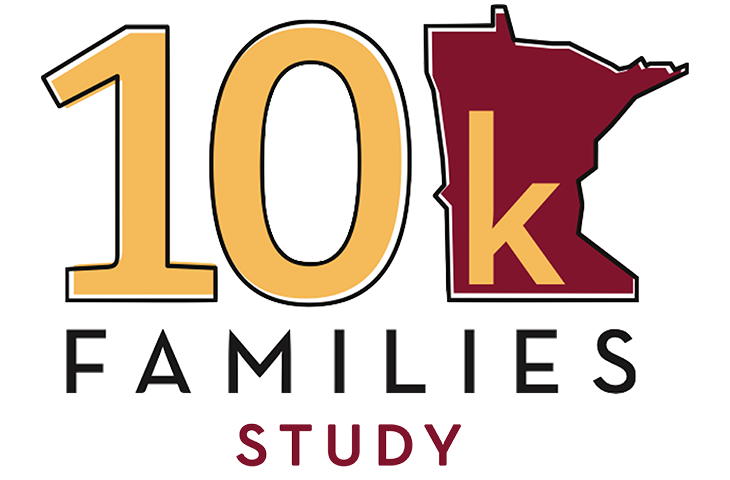Community Advisory Board (CAB)
Members
Our goal is to include voices that often are not included in research studies--voices we need in the 10,000 Families Study. Guidance from community advocates serving on our CAB will help the Study engage with communities, make needed Study changes to enable the participation and inclusion of all, and build trust. We strongly believe this process will result in better, higher quality research. At the same time we want this board to serve as a platform for communities to learn from each other, dialogue, and work towards a healthier Minnesota.
Find our CAB members in alphabetical order by last-name:
Board Chair: Jennifer Davis
Families Education advocate
Early Childhood Family Edu (ECFE) (she, they)Alexis Akervik
10KFS Participants advocate (she, her)
Nat Marineau-Begej
LGBTQ+ advocate (They, them)
Mai Pha
Hmong community advocate (she, her)


